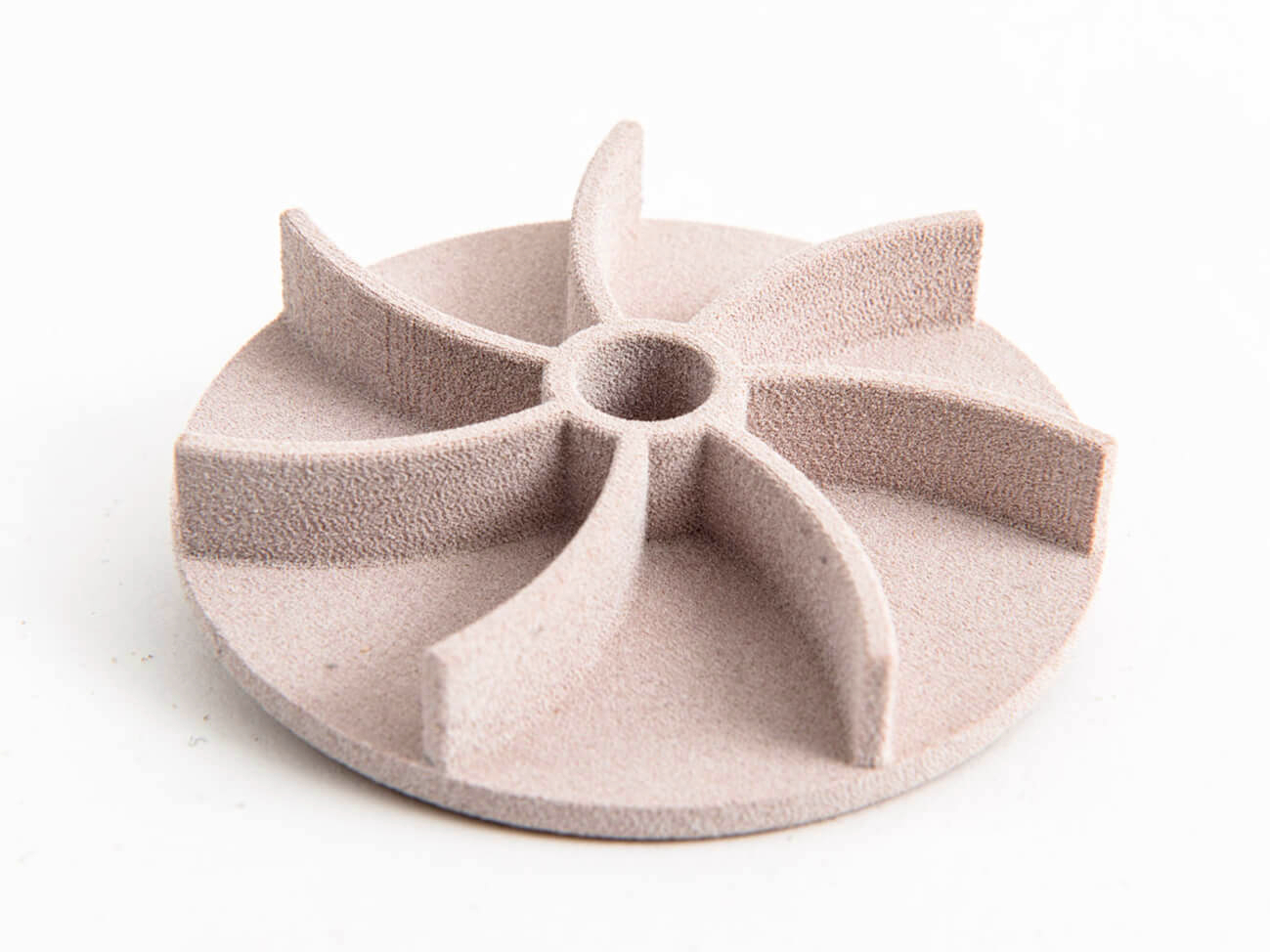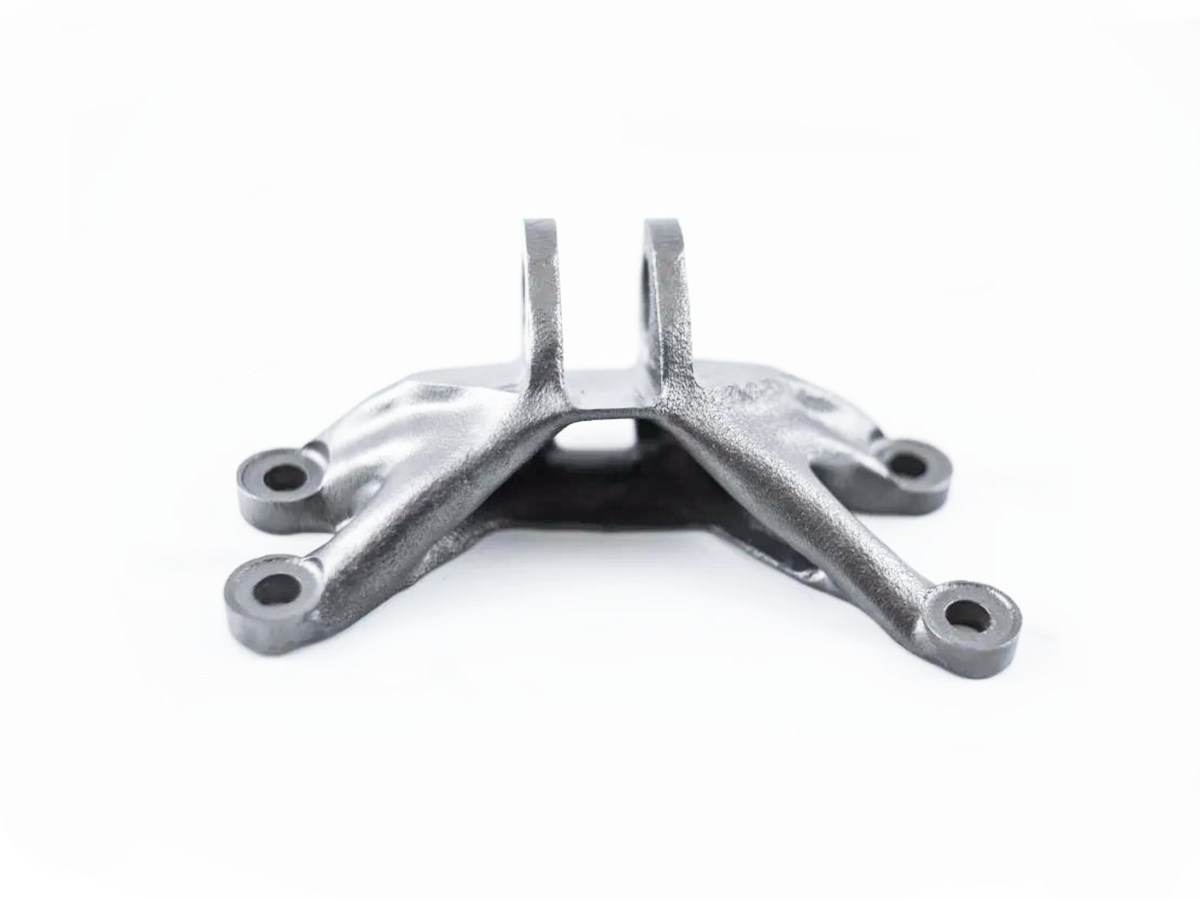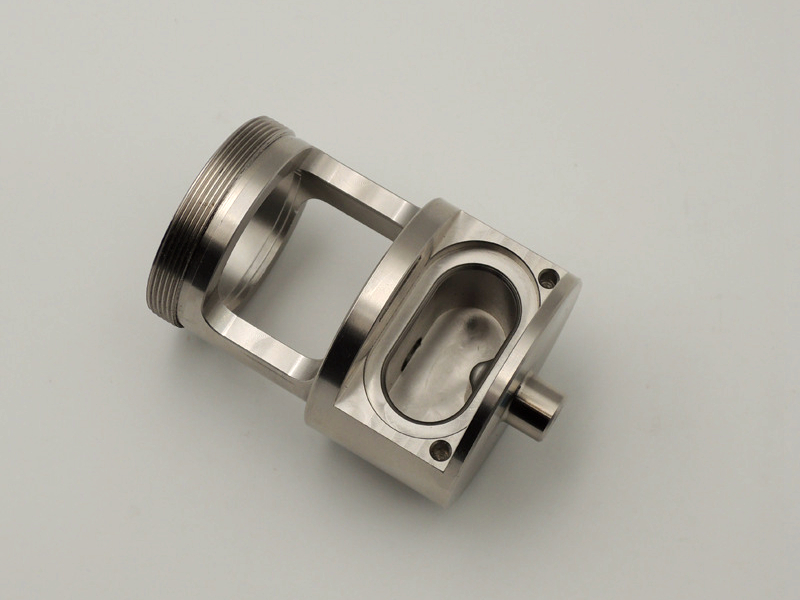What maximum build size and accuracy are currently achievable in ceramic 3D printing?
From a manufacturing engineering perspective, the capabilities of ceramic additive manufacturing are defined by a fundamental trade-off between build size, accuracy, and the specific technology employed. While ceramic 3D printing unlocks unprecedented geometric freedom, it does not yet match the vast build volumes or the micron-level precision of some metal AM systems, and it operates under unique constraints due to the sintering process.
Maximum Build Size by Technology
Build volumes in ceramic 3D printing are generally more constrained than in polymer or metal AM, primarily due to the challenges of handling fine, dense ceramic slurries and the criticality of uniform debinding and sintering.
Lithography-Based Methods (SLA/DLP/LCM): This is the most common high-resolution approach. It uses a vat of photosensitive resin loaded with ceramic particles. Current industrial systems, such as those from Lithoz, typically offer build volumes ranging from 200 x 200 x 100 mm to 300 x 300 x 200 mm. These systems, which produce parts for applications in the medical device, aerospace, and aviation industries, are limited by the vat size and the need for highly uniform light penetration.
Binder Jetting: This process, where a liquid binder is jetted onto a powder bed, can typically accommodate larger build sizes. Some industrial systems can reach volumes of 800 x 500 x 400 mm. However, the trade-off often comes in the form of lower resolution and higher porosity in the final sintered part compared to lithography-based methods.
Material Jetting (e.g., NanoParticle Jetting): Technologies like XJet's NPJ offer excellent resolution but have more modest build volumes, commonly around 200 x 200 x 100 mm, similar to many lithography systems.
Achievable Accuracy and Resolution
It is critical to distinguish between the "green state" accuracy straight from the printer and the final "sintered state" accuracy. All ceramic AM parts undergo significant, non-linear shrinkage during the debinding and sintering cycle, typically 15-25%, which must be precisely compensated for in the original CAD model.
Lithography-Based Methods (LCM): These offer the highest resolution and best surface finish. They can achieve:
Layer Thickness: 25 - 50 microns.
Feature Resolution: Down to 100-200 microns.
Final Sintered Accuracy: With proper shrinkage compensation, tolerances of ±0.1% (min. ±50 µm) are achievable on critical features. Surface finishes can be very fine, often eliminating the need for post-processing on non-critical faces.
Binder Jetting: The resolution is lower due to the size of the powder particles and the spread of the binder droplets.
Layer Thickness: 50 - 100 microns.
Feature Resolution: Typically > 500 microns.
Final Sintered Accuracy: Tolerances are generally wider, typically ranging from ±0.3% to ±0.5%.
Material Jetting (NPJ): This technology achieves resolutions and accuracies competitive with lithography, offering high surface quality and fine feature details.
Engineering Considerations and Limitations
Shrinkage is Non-Uniform: Shrinkage can vary with part geometry. Thin walls and dense features may sinter differently than massive blocks, leading to potential warping or distortion. This is the single greatest challenge for achieving high accuracy.
Post-Processing for Precision: To achieve tight tolerances comparable to CNC Machining, sintered ceramic parts often require secondary machining using diamond tooling in processes like CNC Grinding. This is a standard practice for achieving precise mating surfaces and holes.
The Size-Accuracy Trade-Off: Pushing the limits of build size often comes at the cost of accuracy and successful yield. Very large, dense ceramic parts are extremely challenging to print and sinter without cracking or significant distortion.
Design for the Process: Success requires designing specifically for ceramic AM, incorporating generous fillets, avoiding sharp corners, and understanding how the orientation during printing and support structures will affect the final sintered part.
In summary, while you cannot 3D print a full-scale engine block in ceramic, the technology is perfectly suited for producing highly complex, medium-sized components, such as Silicon Carbide (SiC) nozzles or Zirconia (ZrO₂) medical implants, with features and accuracies that are impossible to achieve with any other manufacturing method.



